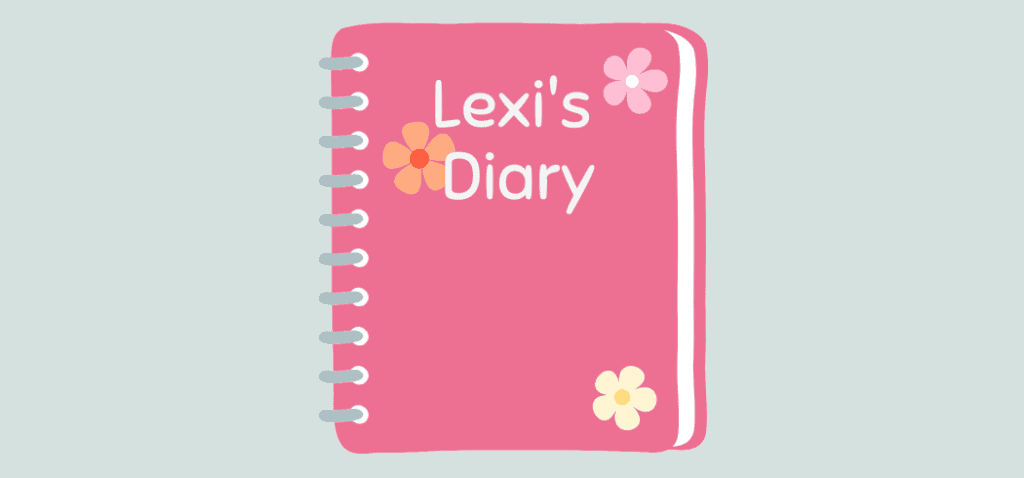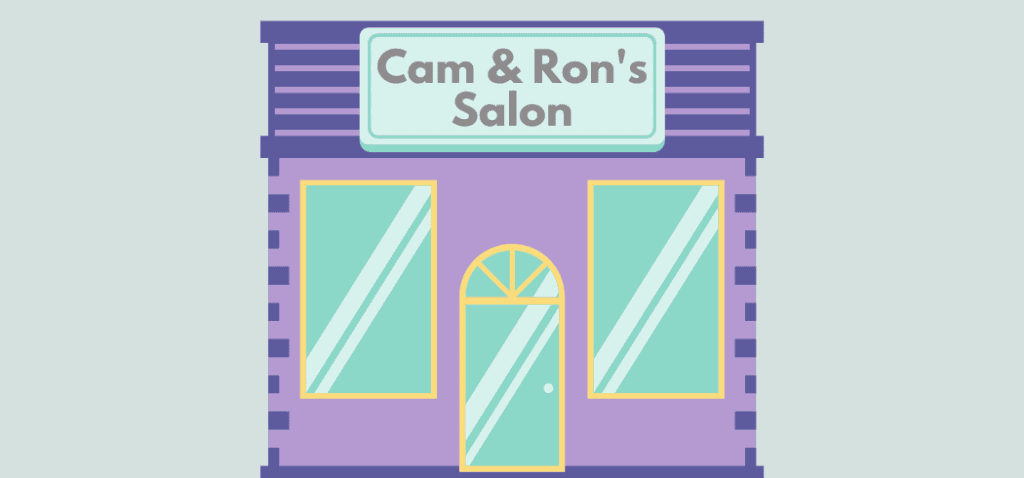Despite how easy it is to use apostrophes properly, they are often used incorrectly. This punctuation mark is essential to show possession, and its placement provides clarity and consciousness in written materials.
I personally have made mistakes with an apostrophe: placing it improperly or forgetting the basic rules of use when writing. Knowing how to use the apostrophe for possession is incredibly important to avoid confusion.
Does an Apostrophe Show Ownership?

The apostrophe punctuation mark is used in one of two ways: to show possession or to create a contraction. We are focused on using it to indicate possession, its proper placement, and basic grammar rules of use in this article.
Apostrophe possession use can be summed up in two simple rules: application to singular ownership and application to plural ownership. Let’s review these rules and other apostrophe rules to avoid confusion and ensure you are taken seriously in written communication.
Overall Rules of Apostrophe Use
Apostrophes do more than show ownership; it is important to know their various uses to recognize when they are being used as a possessive function.
Apostrophes do the following:
- Show possession (i.e., The car that belongs to Michael = Michael’s car)
- Indicate the omission of letters in words when forming contractions (i.e., It is = it’s)
- Create plurals ONLY when showing the plural form of a lower case letter (i.e., be sure to dot your i’s)
Apostrophes to Show Possession and Ownership Rules and Examples
When using an apostrophe to show possession, you need to keep two things in mind: you are either showing individual ownership of an object or joint ownership of an item. We will start with simple rules to avoid becoming confused and making the common mistake of placing the apostrophe in the wrong location.
Rule #1: Use an apostrophe + -s at the end of a noun to show singular possession of something.
When a single someone or something has possession of another object, you simply add an apostrophe -s to the end of the word.
For example:
- The ball that belongs to Jim = Jim’s ball
- The kite that belongs to Sara = Sara’s kite
- The truck that belongs to Mikah = Mikah’s truck
When The Noun Ends in an -S
If the possessive noun already ends in an -s, you have a choice concerning the apostrophe placement. You may either place an apostrophe -s to the end or place only an apostrophe after the -s.
Some style guides suggest one use over another, but the decision truly is up to you. What you must always do, however, is stay consistent in the possessive apostrophe use.
For example:
- The lesson James is learning = James’s lesson
- The lesson James is learning = James’ lesson
They are both pronounced the same.
Rule #2: Use an apostrophe + -s at the end of the second proper noun when two people jointly own the same item together.

When two or more people have joint possession of an object, follow the rules above that places the apostrophe -s at the end of the last noun. The same rules apply to nouns already ending in -s as well.
Misuse of the apostrophe is a common grammar mistake when used to show joint ownership of an object.
For example:
- The ping-pong table that belongs to Fred and Sarah = Fred and Sarah’s ping-pong table
- The go-kart that belongs to Jonathon and Carlos = Jonathon and Carlos’s go-kart OR Jonathon and Carlos’ go-kart
When Two People Own Separate Similar Items
If two or more people own similar items separately, you will apply rules of plural possession (further explained below). But, to simplify things let’s explain it here so you can see the differences between possession of a single item and possession of multiple items.
When you need to indicate that two or more people (or things) separately own similar items you will make all owners possessive using an apostrophe -s.
For example:
- The ping-pong paddles that belong to Fred and Sarah = Fred’s and Sarah’s ping-pong paddles.
- The go-karts that belong to Jonathon, Mark, and Carlos = Jonathan’s, Mark’s, and Carlos’s go-karts OR Jonathan’s, Mark’s, and Carlos’ go-karts
Rule #3: Use an apostrophe after the -s to show plural noun possession
When you have a plural noun (words already ending in -s) to indicate more than one, you only add an apostrophe to the end of the word to show ownership.
There are some variances to this rule when dealing with irregular plural nouns and proper plural nouns that end in -s. Those rules are explained as well.
For example:
- The classes the students are taking = The students’ classes
- The summer jobs the brothers have = The brothers’ summer jobs
- The many specials offered by the Main Street restaurants = The Main Street Restaurants’ many specials
When the Plural Noun is Irregular
An irregular plural noun doesn’t end in -s. In order to make them possessive, you must follow the same rules that create singular nouns plural through the use of an apostrophe -s.
For example:
- The hay for the oxen = The oxen’s hay
- The substrate fungi grow in = The fungi’s substrate
- The weekend retreat the men went on = The men’s weekend retreat
When the Proper Plural Noun Already Ends in -S
If a proper plural noun already ends in an -s, you have the ability to choose how possession is shown.
Add an apostrophe after the -s.
For example:
- The reunion of the Davis family = The Davis’ Family Reunion
Or, add an apostrophe -s at the end.
For example:
- The reunion of the David family = The Davis’s Family Reunion
Always be consistent with your choice.
When Using a Hyphenated Compound Noun
If you have a hyphenated or compound plural noun you add an apostrophe -s to the end. If it already ends in an -s, simply add an apostrophe to the end.
For example:
- The weekend retreat for our mothers-in-laws = Mothers-in-laws’ weekend retreat
- The stares of the passers-by = The passer-by’s stares
Let’s Review
If you were confused concerning how to show ownership in a sentence, these basic possession rules should have provided the foundation you needed to understand their use. Although apostrophes do more than show ownership, they are necessary to use for both singular and plural possessive form.